How the Russians made the Kremlin 'disappear' during WWII
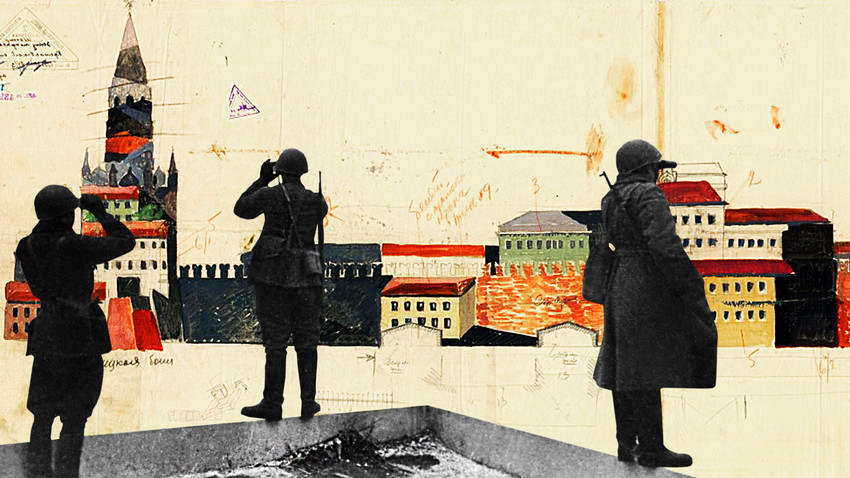
During WWII, the Kremlin had withstood eight full-fledged air raids. 15 different aerial bombs, over 150 incendiary bombs, even an oil tank – that’s what hit Moscow’s medieval fortress during the war. But the Kremlin suffered no significant damage. How could this have been accomplished?
Making the Kremlin one with the city
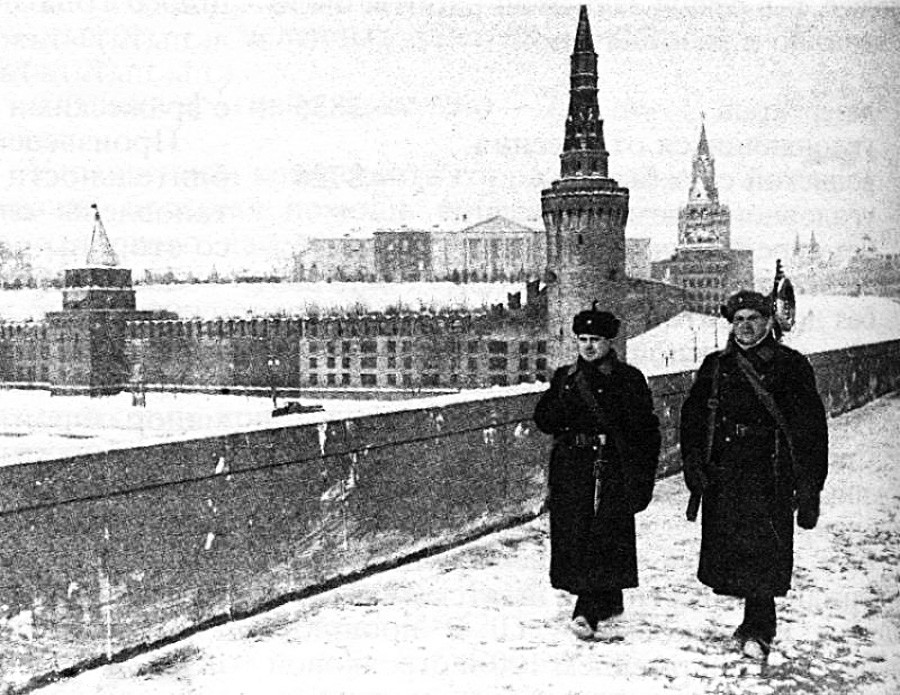
The Moscow Kremlin as seen from the Bolshoy Moskvoretsky Bridge. The Kremlin walls and towers are made to look like apartment houses.
Archive photoNikolay Spiridonov, the commandant of the Moscow Kremlin in 1938-1953, was concerned with the Kremlin’s security right from the early days of the war. The Kremlin was not only the citadel of the Soviet government
The task wasn’t easy, and involved hiding 28 square hectares of territory in plain sight, which included tall buildings, like the Kremlin towers and Ivan the Great bell tower! On July 22nd, 1941, a 250-kg German bomb struck the Kremlin Palace but didn’t explode
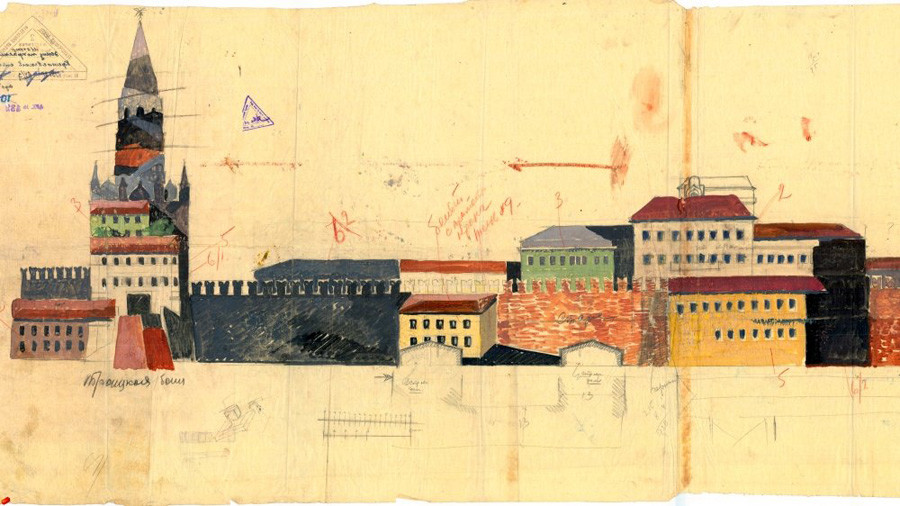
The project of the deception of the Kremlin buildings by Boris Iofan
Archive photoThe ingenious plan was concocted by Boris Iofan, the most prominent and prosperous Soviet architect of the time
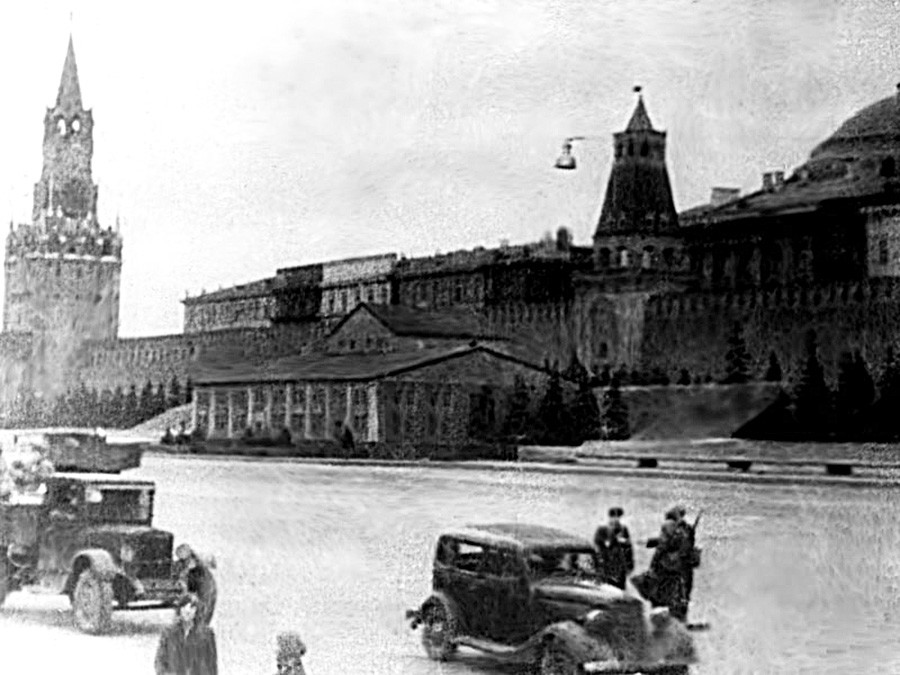
The Lenin Mausoleum disguised as a wooden house
Archive photoThe Moscow stronghold

Muscovites building antitank fortifications
Alexander Ustinov/SputnikThe city’s population numbered around 4.6 million at the time (the population was diminished by more than half that figure following
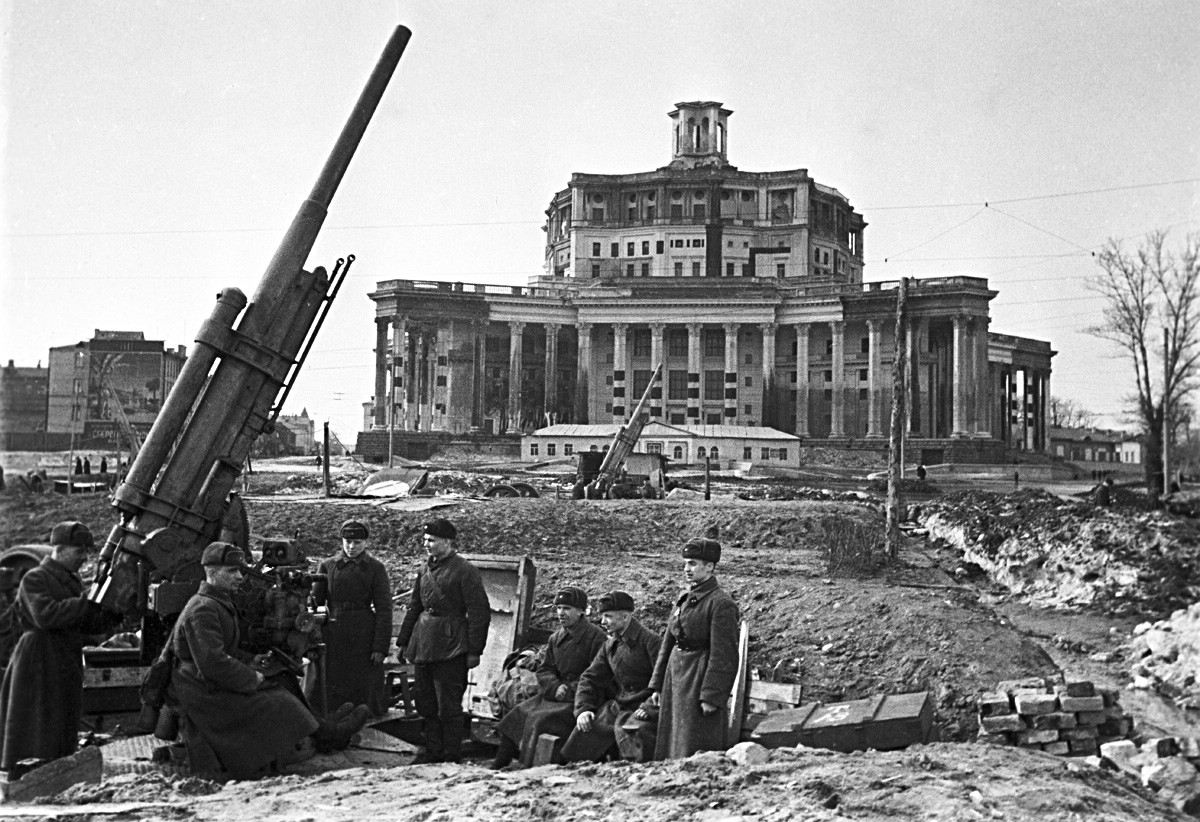
November 1941. Air defense in front of the Soviet Army Theater, Moscow
Oleg Knorring/SputnikProsthetic buildings appeared all over the
‘Mom was always on the roof putting out bombs’
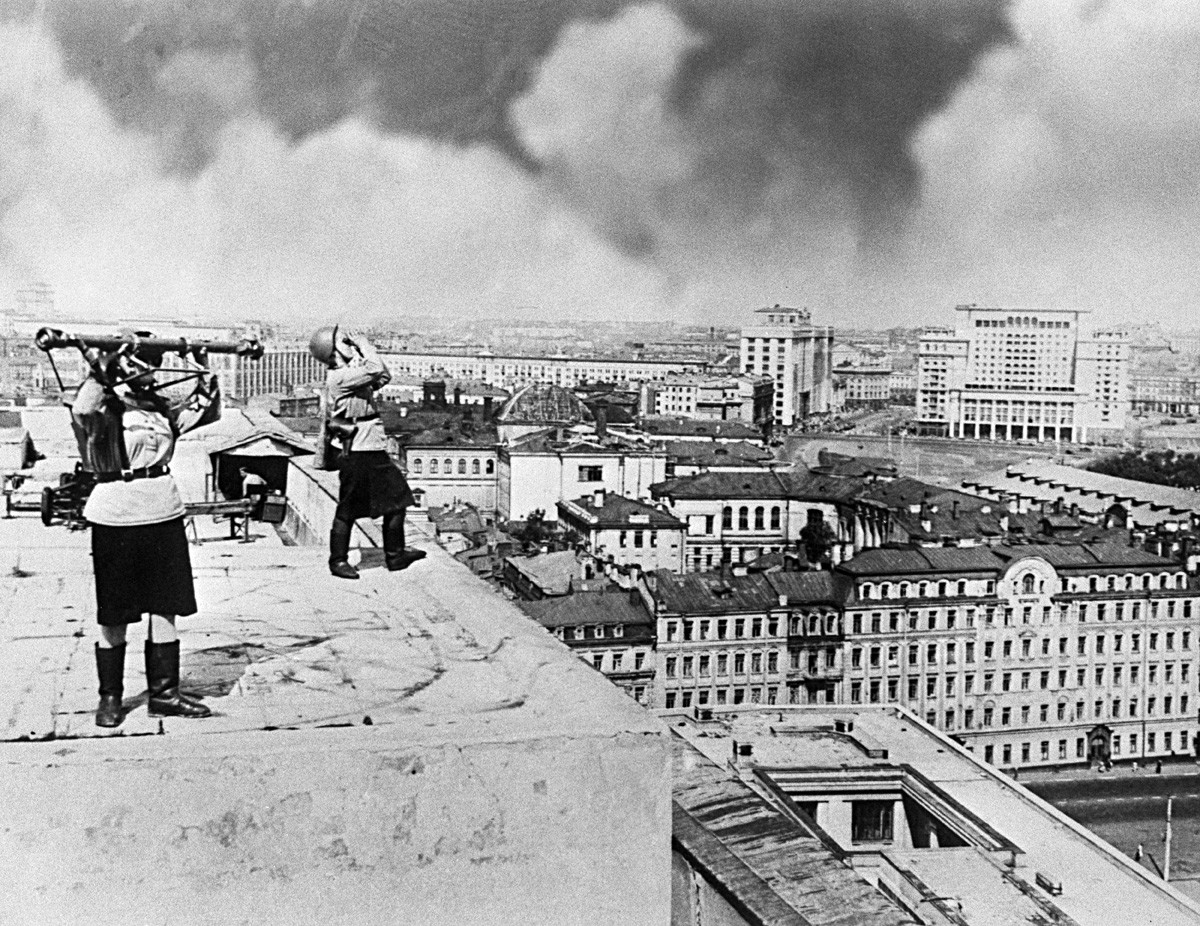
Sentry post on the roof of the Bolshoi Theatre.
Naum Granovsky/TASSIn his diary, Nikolay Verzbitsky, who lived in Moscow during the war, described November 7th, 1941: “A somber celebration (anniversary of the October Revolution - ed.) A demonstration walks in the street – 200 men and women with shovels and crowbars. It’s cold, it’s windy; snowing heavily. Huge lines for potatoes and bread. The radio malfunctioned in the morning – they say it’s the Germans corrupting the broadcast. Several hundred tanks took part in the parade on Red Square, which calmed the Moscow public a bit. But some say: ‘Why are these tanks at the parade, they must be out on the front lines!’ Stalin said the war will last for several months, half a year, maybe a year…”
To hide strategically important factories, sometimes their camouflage copies were created – this has worked in the Nizhny Novgorod region, where a glass-and-cardboard copy of the local automobile plant was created on the outskirts of the city. The copy was lit day and night, so many German bombs were mistakenly dropped over it, preserving the actual factory

The Bolshoi Theatre disguised as an apartment house
Archive photoThat doesn’t mean life in the city stopped. After the immediate threat had been liquidated and the deception was done with, the Moscow Conservatory reopened. The Moscow University didn’t stop working during the war either – 106 doctor degrees and 520 candidate degrees were issued in 1941-1945. Libraries and kindergartens functioned, as well as theaters and cinemas, which mainly ran patriotic plays and movies.
As of April 1942, German air raids had destroyed 19 factories and plants (316 damaged), 69 municipal buildings (110 damaged), 226 houses (641 damaged), and over 2000
If using any of Russia Beyond's content, partly or in full, always provide an active hyperlink to the original material.
Subscribe
to our newsletter!
Get the week's best stories straight to your inbox